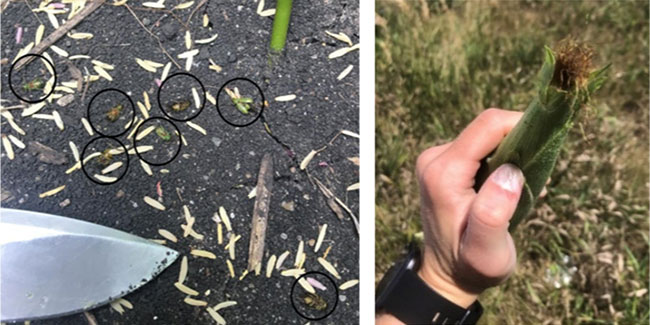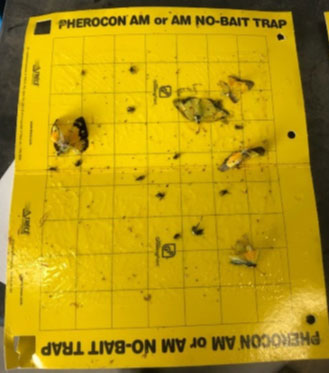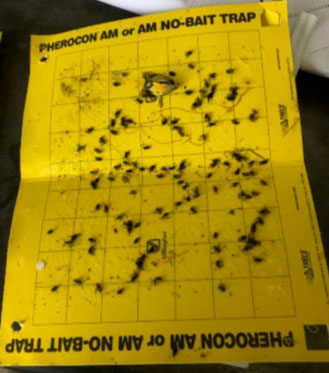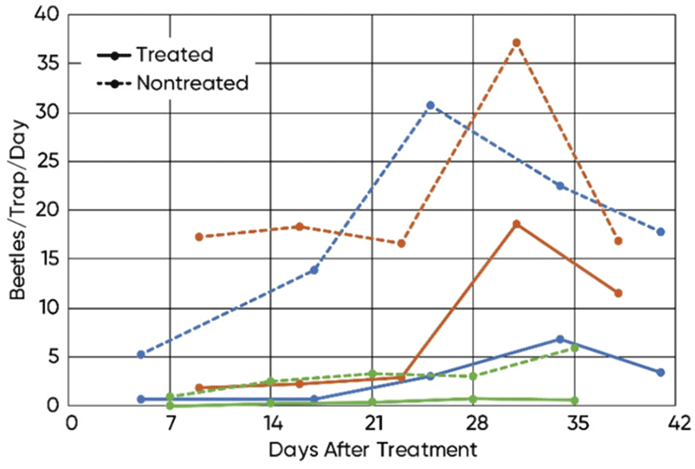Plant our most optimized balance of insect protection and agronomic performance on your acres. Pioneer® brand Qrome® corn products offer two modes of action to defend against corn rootworm.
Learn MoreCorn Rootworm: How to Trap and Manage the Pest
In this video, Pioneer Field Agronomist William Wynn discusses the damage that corn rootworm can cause in your fields, how to manage the pest, and how to trap the pest to measure pressure. There are two main species of corn rootworm: northern corn rootworm and western corn rootworm. Sticky rootworm traps can be placed in fields to help determine the amount of pressure your fields are under from rootworm, helping you make better informed management decisions. It’s recommended to hang the traps at ear height, where the rootworm’s main food source is. If you have 50 or more beetles each week in your traps, you should expect a large rootworm pressure in the next year, and are advised to take management steps to control the pest such as: rotation, fungicide applications, hybrid selection with good root scores, and insecticides.







Qrome® products are approved for cultivation in the U.S. and Canada. They have also received approval in a number of importing countries, most recently China. For additional information about the status of regulatory authorizations, visit http://www.biotradestatus.com. Agrisure® is a registered trademark of, and used under license from, a Syngenta Group Company. Agrisure® technology incorporated into these seeds is commercialized under a license from Syngenta Crop Protection AG. YieldGard®, the YieldGard Corn Borer design and Roundup Ready® are registered trademarks used under license from Monsanto Company. Liberty®, LibertyLink® and the Water Droplet Design are trademarks of BASF. Herculex® insect protection technology by Dow AgroSciences and Pioneer Hi-Bred. Poncho® and VOTiVO® are registered trademarks of BASF.
The foregoing is provided for informational use only. Please contact your Pioneer sales professional for information and suggestions specific to your operation. 2020 data are based on average of all comparisons made in over 10 locations through Sept 20, 2020. Multi-year and multi-location is a better predictor of future performance. Do not use these or any other data from a limited number of trials as a significant factor in product selection. Product responses are variable and subject to a variety of environmental, disease, and pest pressures. Individual results may vary.





